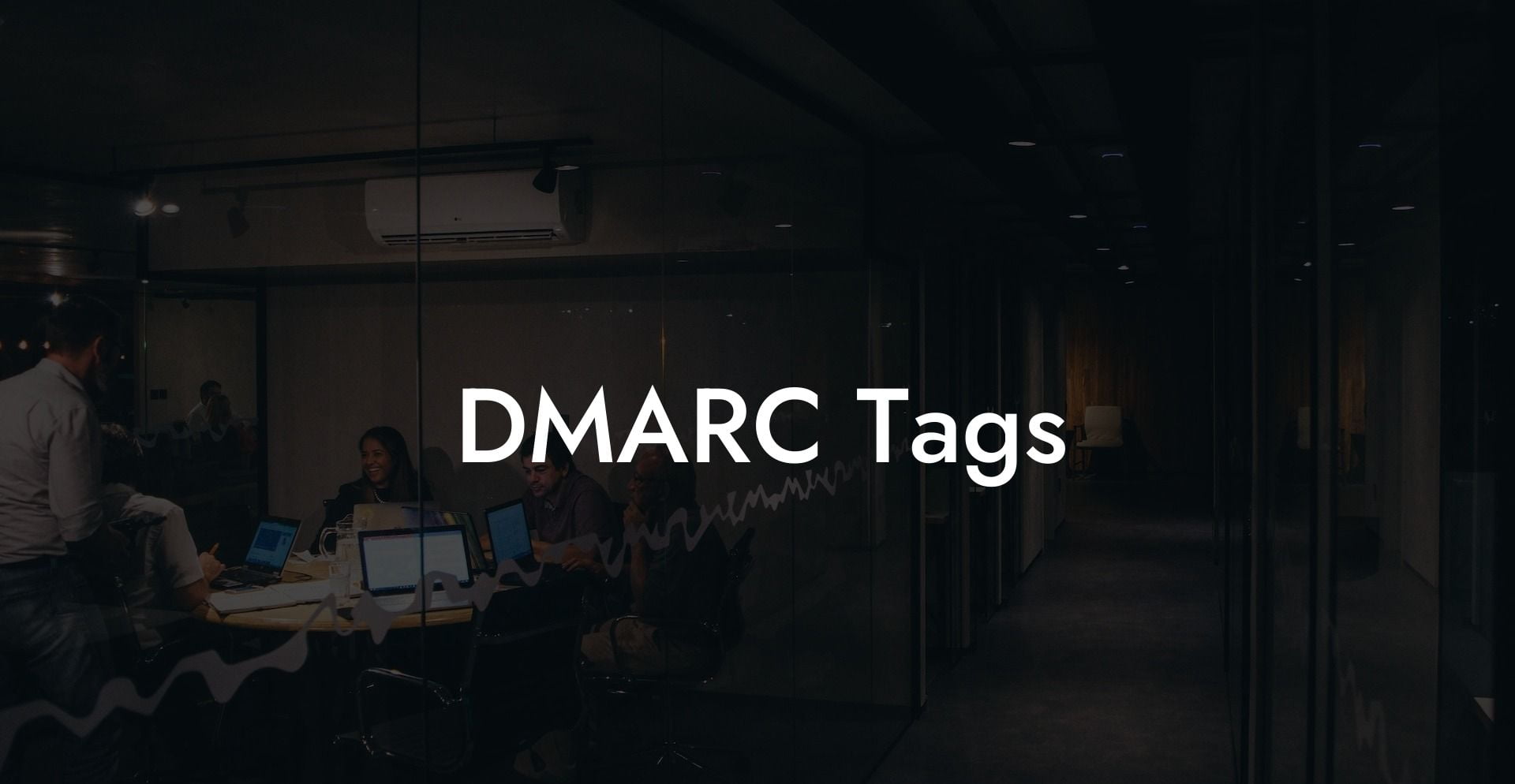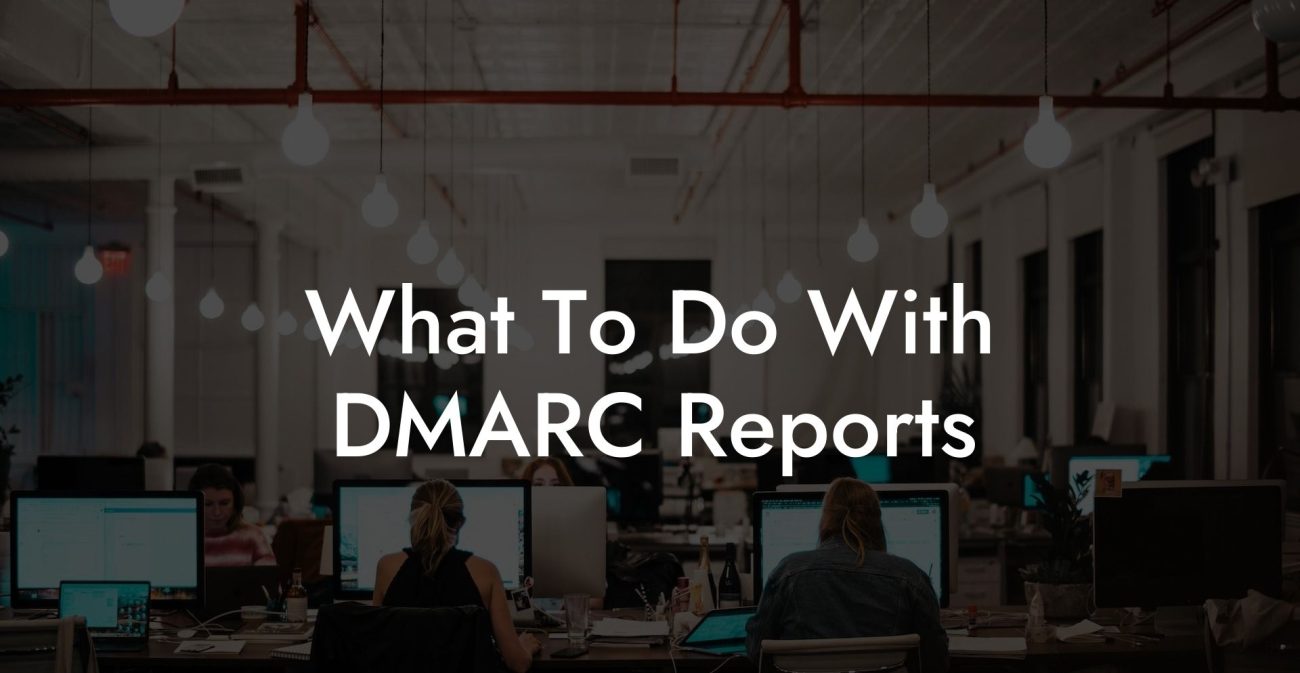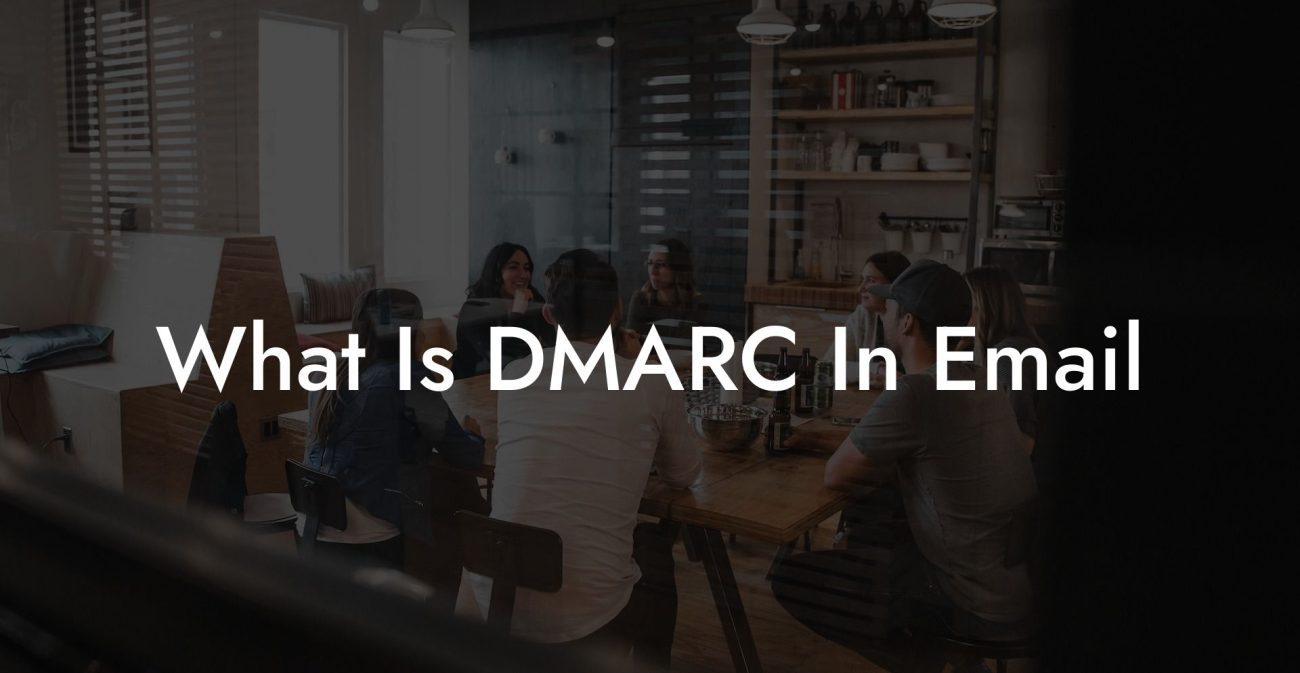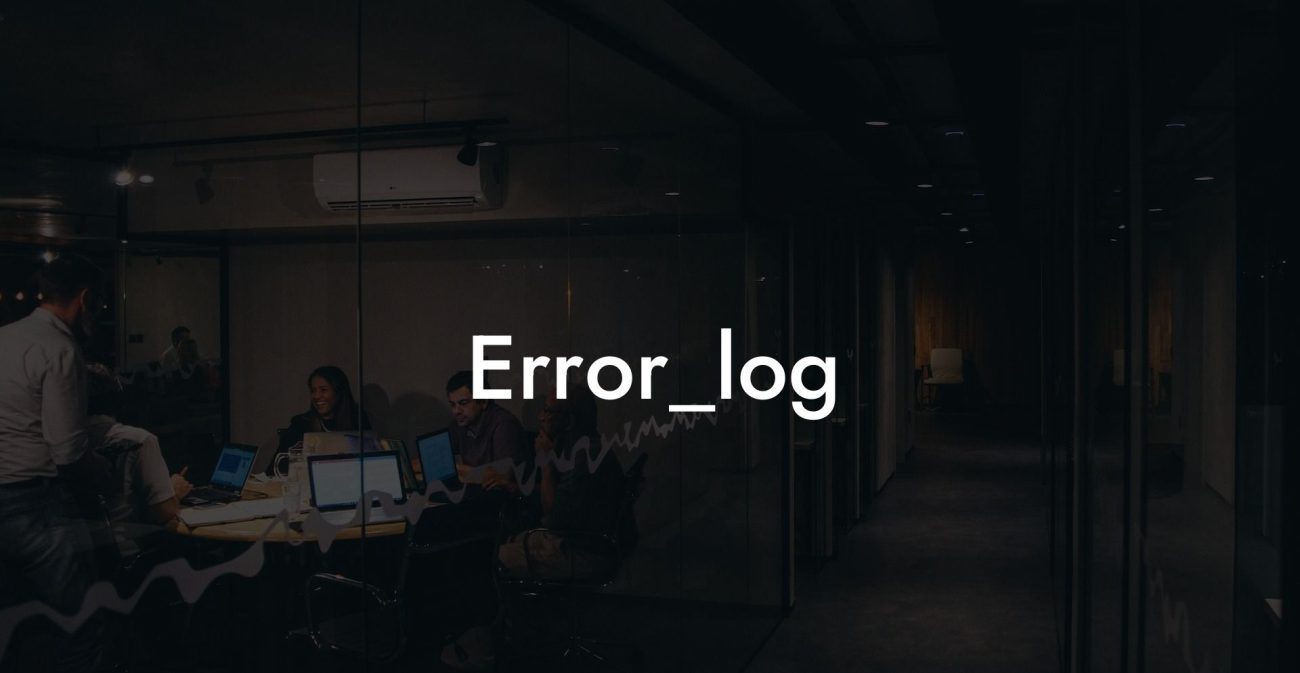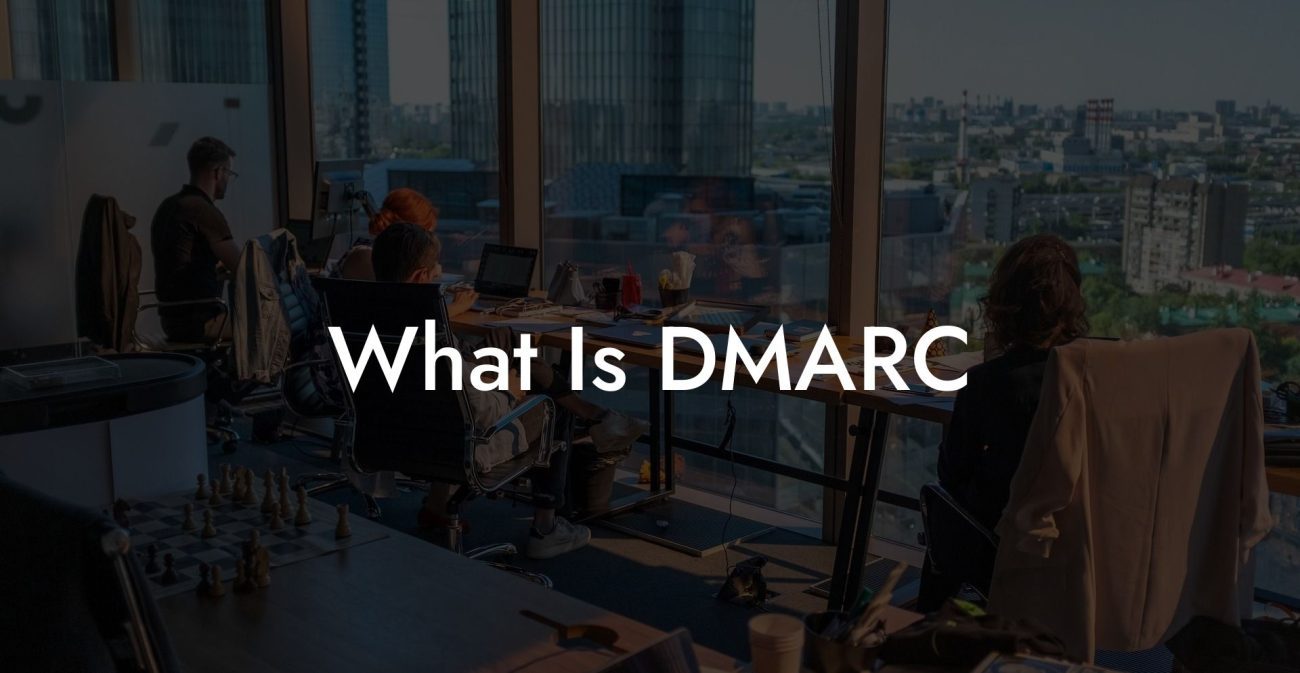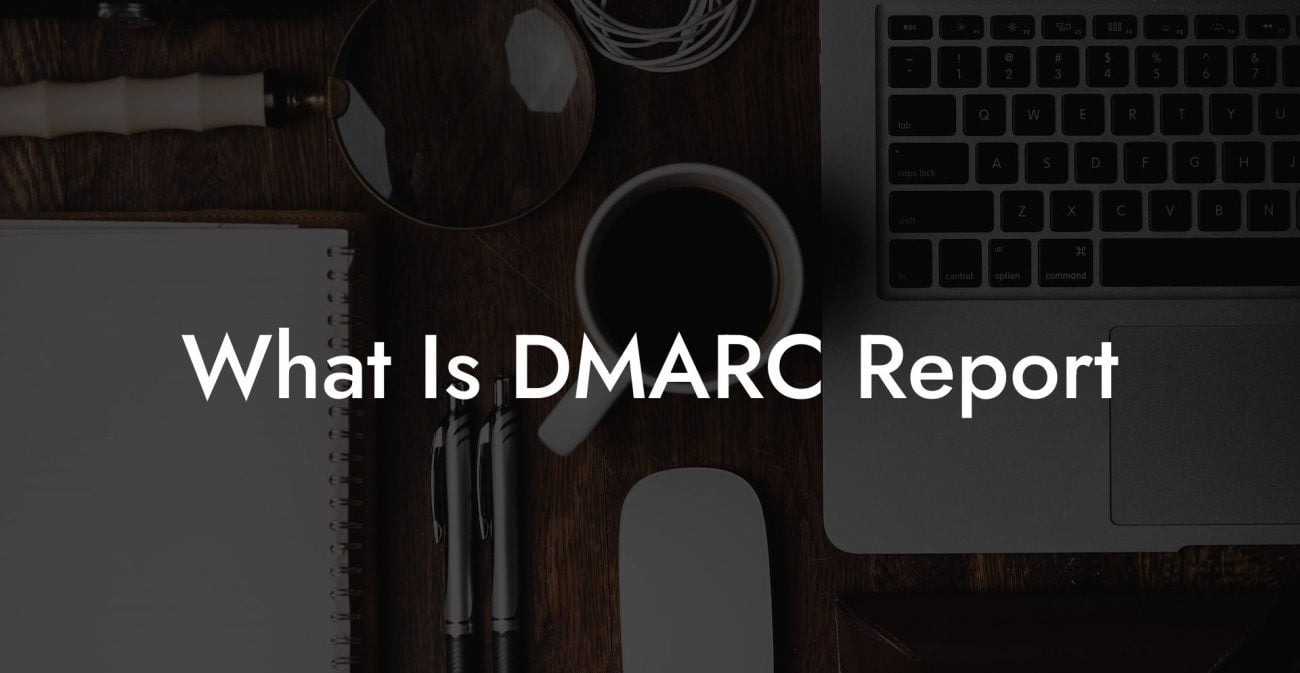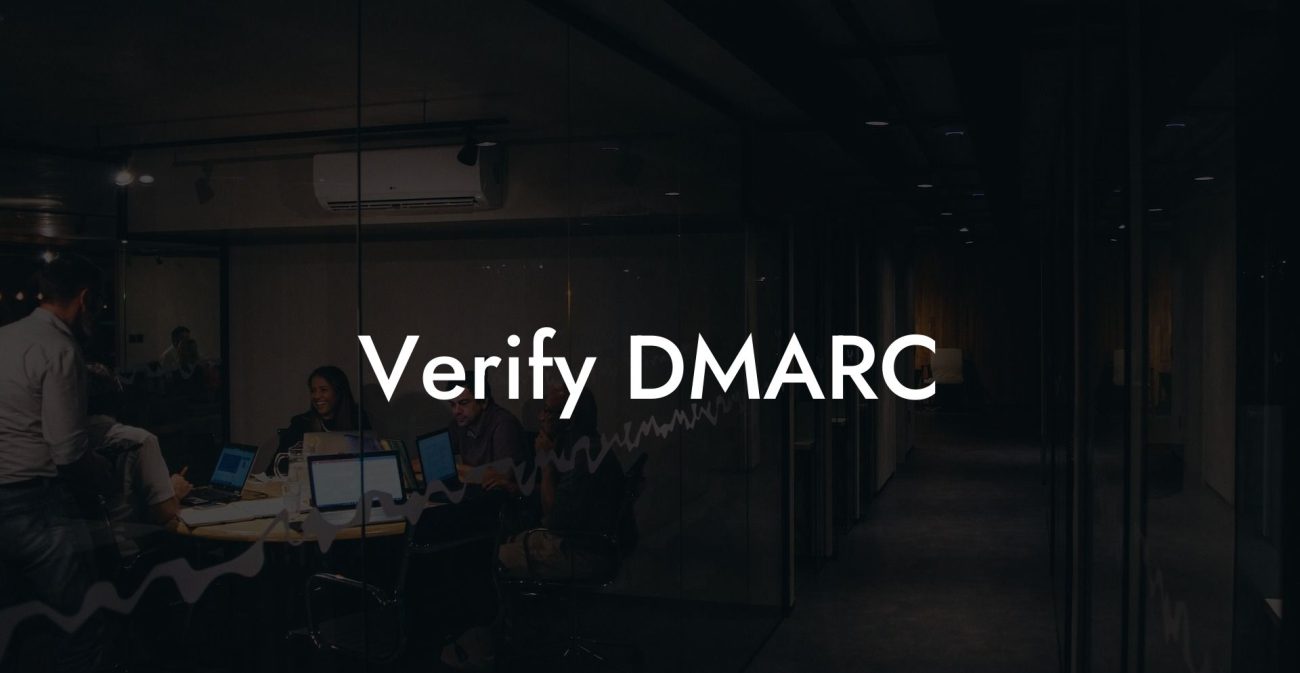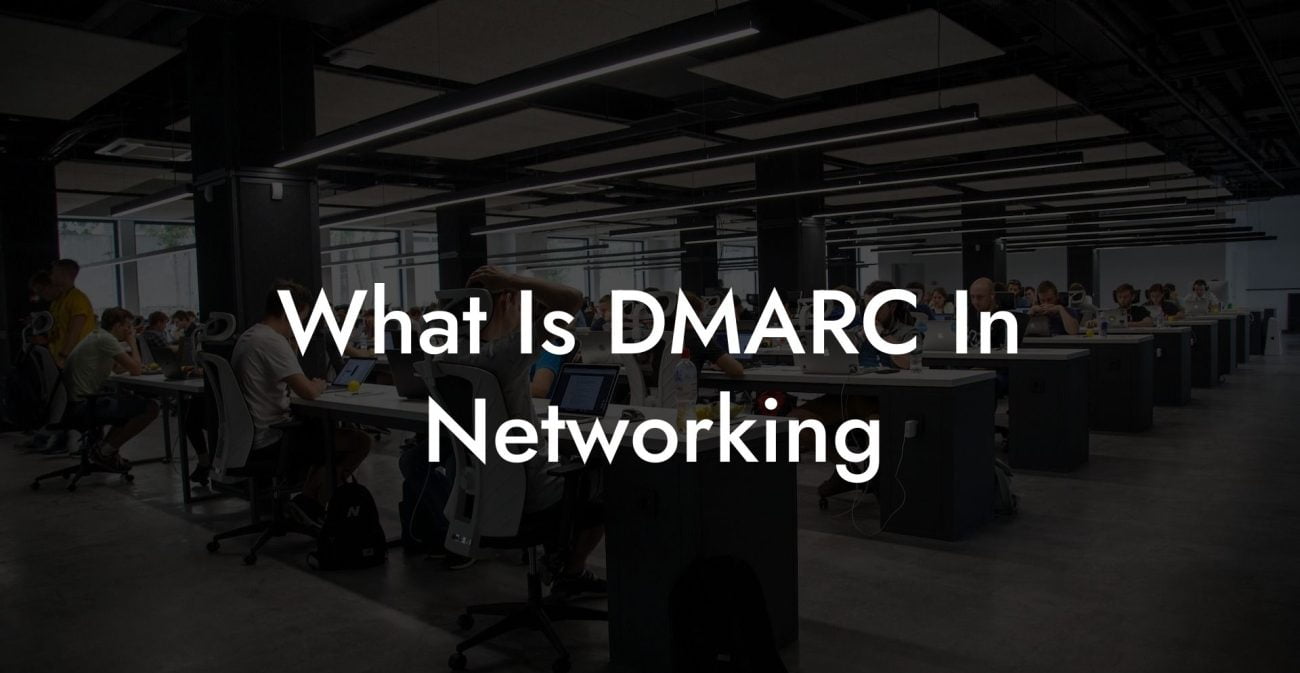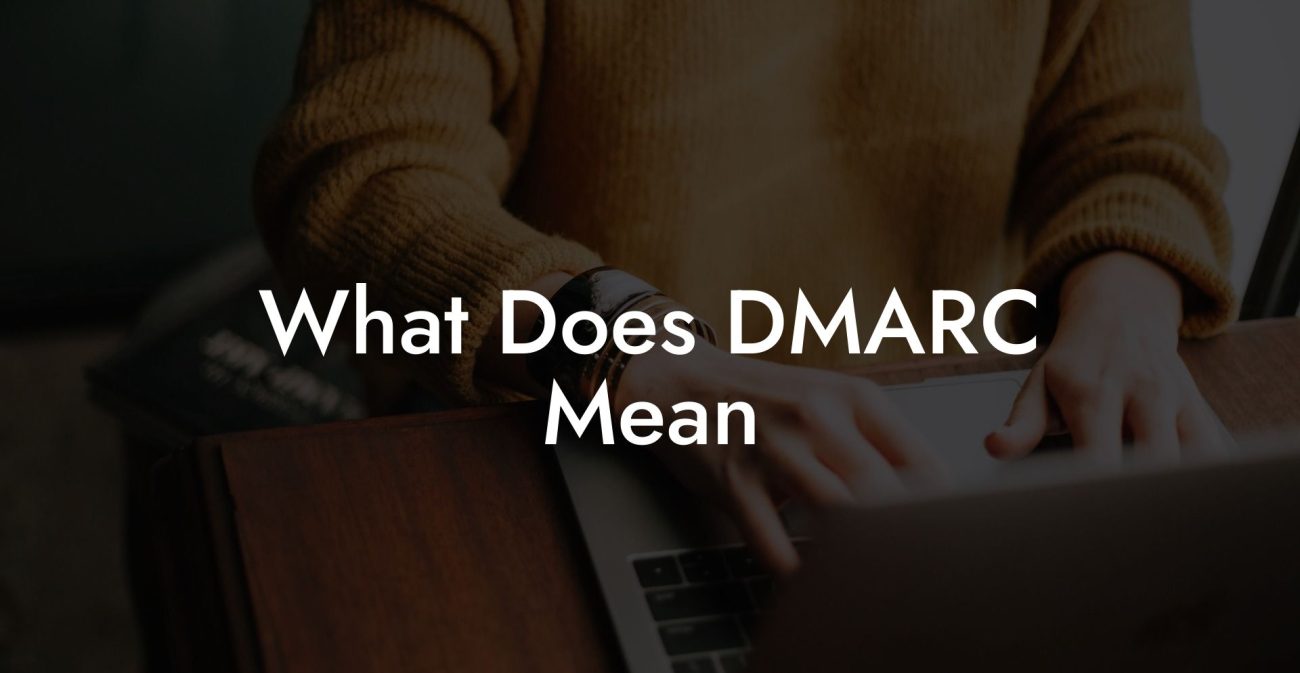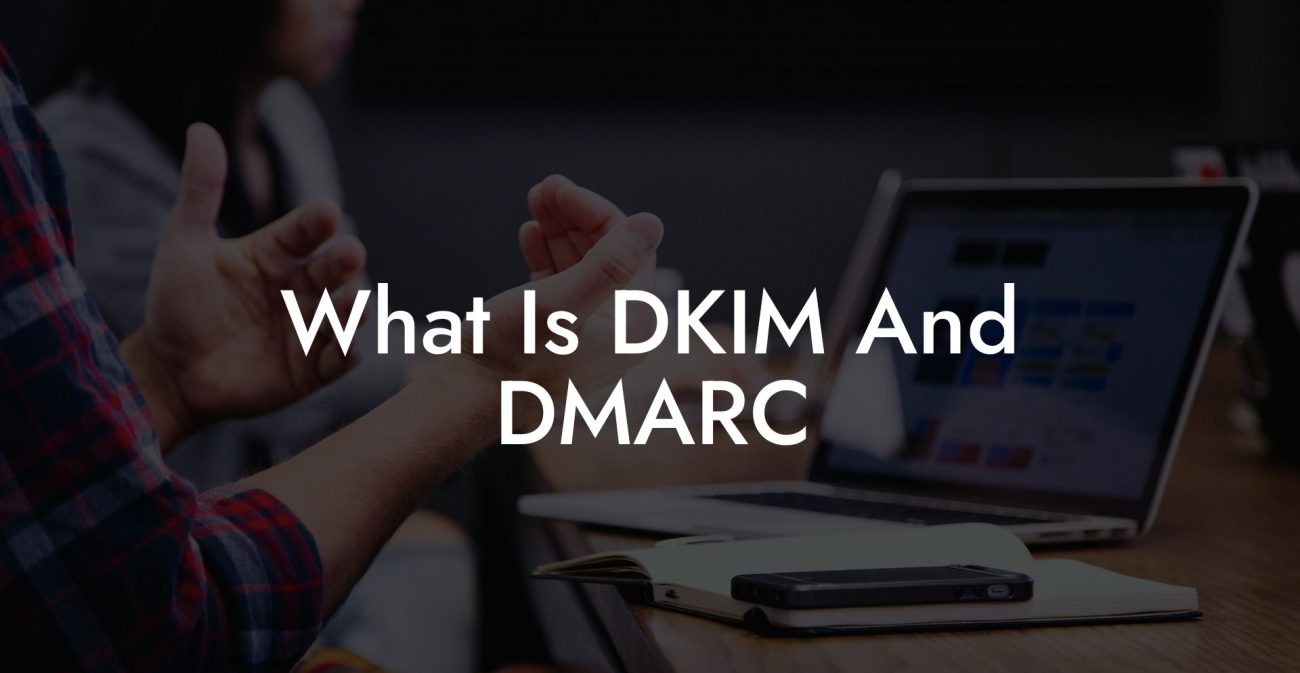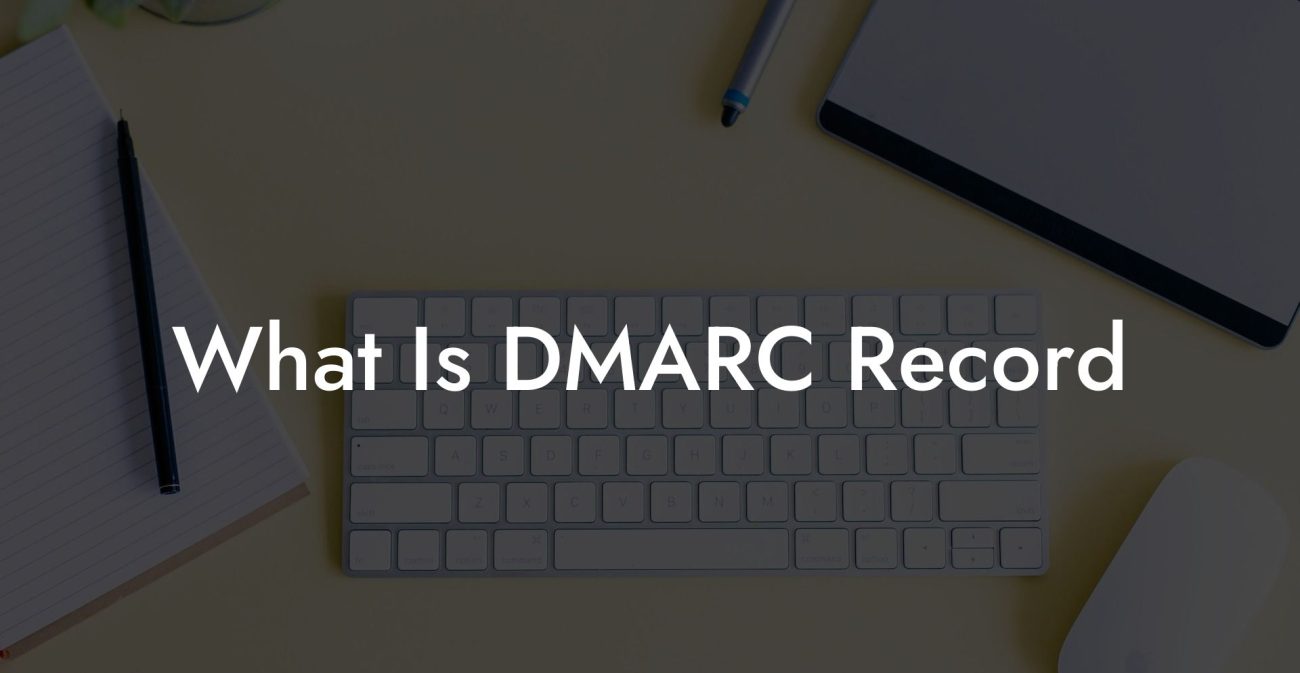Email security is a top priority for organizations and individuals alike, especially with the increase in cyber threats such as phishing attacks. A critical component in the fight against these threats is DMARC (Domain-based Message Authentication, Reporting & Conformance). In this article, we will delve into the world of DMARC tags, unravel their importance to the email ecosystem, and provide examples of their proper implementation to secure email communications.
What are DMARC Tags?
DMARC is a domain-based email authentication protocol designed to protect against email spoofing, a common method used in phishing attacks. The protocol combines two other email authentication methods, SPF (Sender Policy Framework) and DKIM (DomainKeys Identified Mail). DMARC introduces various tags that allow domain owners to set policies defining actions to be taken when an email fails SPF, DKIM, or both. These policies are defined as DMARC records in the domain's DNS (Domain Name System).
Purpose of DMARC Tags
Protect Your Data Today With a Secure Password Manager. Our Top Password Managers:
DMARC tags serve a crucial role in securing email communications by:
- Improving email authentication and preventing unauthorized individuals or organizations from sending emails on behalf of your domain.
- Establishing secure email channels to protect businesses, their clients, and partners from phishing and spoofing attacks.
- Providing a consistent feedback mechanism and reporting system, helping domain owners to quickly identify and address potential issues.
- Increasing the deliverability of legitimate emails by improving email reputation and reducing the chance of being marked as spam.
Essential DMARC Tags
DMARC records include various tags that define the domain owner's desired policies and preferences. Some of the most critical DMARC tags include:
v (version)
This tag specifies the DMARC protocol version. For example, "v=DMARC1" indicates the use of DMARC version 1.
p (policy)
This tag defines the policy to be applied to emails that fail authentication checks. The possible values are:
- none: No action is to be taken, but reports should be sent for analysis.
- quarantine: The recipient's email server should treat the email as suspicious, potentially placing it in the spam folder.
- reject: The recipient's email server should reject the message and not deliver it.
rua (reporting URI aggregate)
This tag specifies an email address where aggregate reports of DMARC processing should be sent, typically in a daily digest format.
sp (subdomain policy)
This tag sets the policy to be applied to subdomains if a separate DMARC record is not defined. The possible values are the same as for the "p" tag: none, quarantine, or reject.
adkim (alignment mode for DKIM)
This tag specifies the DKIM alignment mode. The possible values are:
- r (relaxed): The authenticated DKIM domain and the sender's domain must share an Organizational Domain.
- s (strict): The authenticated DKIM domain and the sender's domain must be identical.
aspf (alignment mode for SPF)
This tag defines the SPF alignment mode. The possible values are:
- r (relaxed): The SPF domain and the sender's domain must share an Organizational Domain.
- s (strict): The SPF domain and the sender's domain must be identical.
DMARC Tags Example:
Here is an example of a DMARC record with the critical DMARC tags:
v=DMARC1; p=reject; sp=quarantine; rua=mailto:dmarc_reports@example.com; adkim=s; aspf=r;
This DMARC record signifies:
- Using DMARC version 1.
- Rejecting emails that fail authentication checks for the main domain.
- Quarantining emails that fail authentication checks for subdomains.
- Sending aggregate reports to dmarc_reports@example.com.
- Enforcing strict DKIM alignment and relaxed SPF alignment.
With the ever-evolving landscape of cyber threats, it is vital to enhance the security of email communications. Understanding and correctly implementing DMARC tags helps protect your domain and your recipients from email spoofing and phishing attacks. If you found this article valuable, don't hesitate to share it with others and explore our other guides on Voice Phishing for more information on cybersecurity.
Protect Your Data Today With a Secure Password Manager. Our Top Password Managers:

